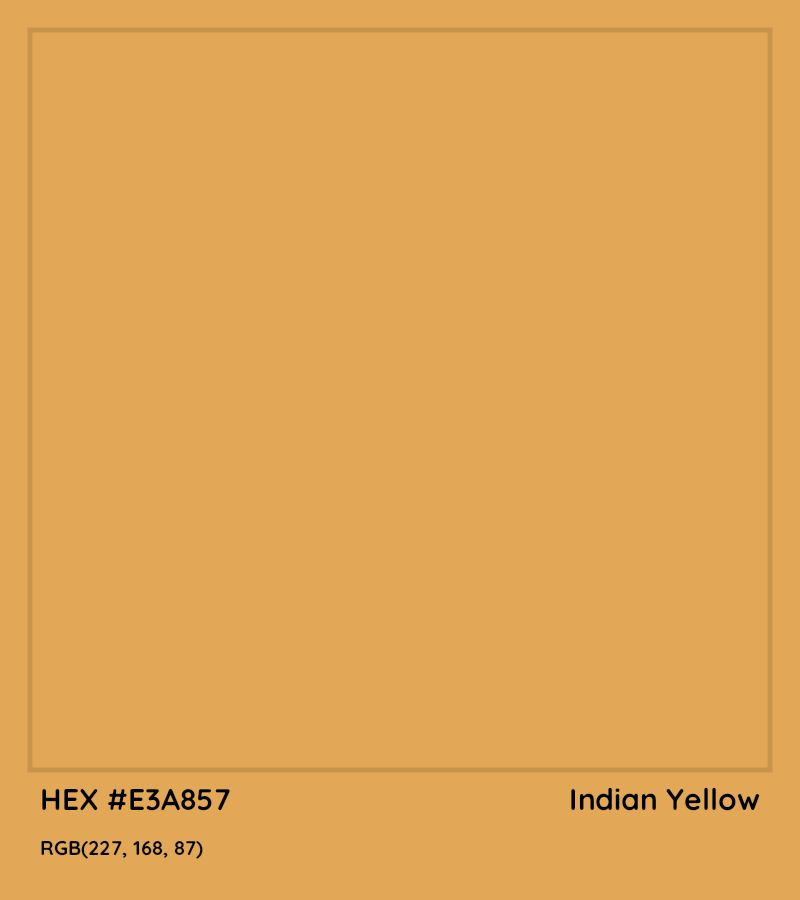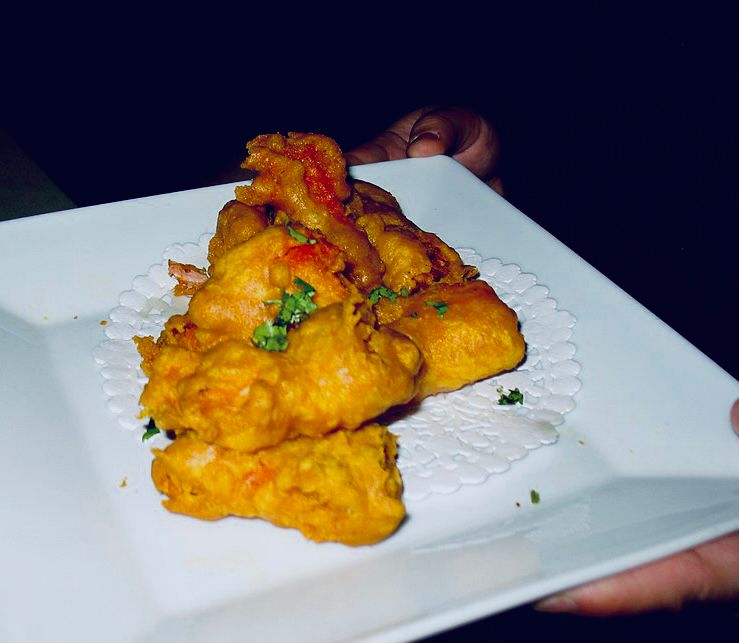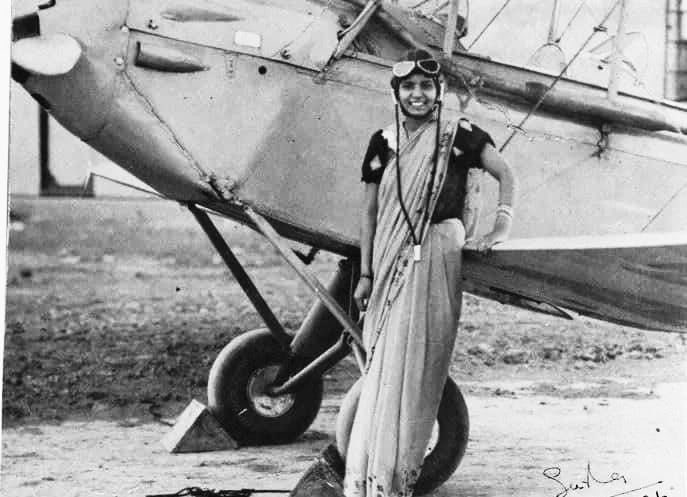
As Holi celebrations continue, we retrace the bewildering journey of a color from a Bihar village to one of the world’s most celebrated paintings. A thread (1/n) 

The Starry Night, arguably the world’s most recognized piece of art, was painted by Vincent van Gogh in 1889 - an imaginary view from a lonely window of his asylum in Southern France (2/n) 

The Moon, on the top-right corner, remained a silent witness of a brilliant story (3/n)
The Moon, stands out in the painting beside the sleepy village, the hill, the cypress trees and the ethereal stars and constellations, because of its bright yellow color. The pigment was a perfect blend of zinc yellow and the famous Indian yellow (4/n) 

The Indian yellow is a strong luminescent pigment used by many European artists for its tinting properties, but as the name suggests, it was an exotic import from India. It was also used by British artists heavily to color native subjects (5/n)
Indian yellow was widely used in the art and dyeing industry in India during the Rajput and Mughal eras, especially in miniature paintings. Purree, gaugoli, Hardwari peori, peri rung are some other names of this storied pigment (6/n) 

The color was imported to Europe and was used by various renowned western painters, especially in Northern Europe, since the Dutch merchants had a deep association with India. Vincent van Gogh was the most famous of them to use Indian Yellow (7/n)
The origin of Indian Yellow has been a long disputed one and has become a subject of curious tales (8/n)
Scholars had varied opinions but a letter written in 1893 by Troilokyanath Mukhopadhyay, a curator of the Indian Museum of Calcutta, tells a fascinating story (9/n) 

Troilokyanath might be an obscure name in the global landscape, but he is a well-celebrated writer in the Bengal literary circle as the creator of the famous ‘Damru Chorit’. His investigation to find the origin of the pigment was an eye-opener (10/n)
Troilokyanath travelled to Munger (erstwhile Monghyr) in Bihar, to trace its origin. He found that the villagers created the pigment after boiling the urine of domesticated cows who were fed only mango leaves, with a dash of turmeric (11/n) 

The color was made commercially unavailable circa 1921 on the grounds of animal cruelty. If the study is true, then yes, cow urine from Bihar’s Munger has been immortalized in Vincent van Gogh’s most iconic painting (12/n)
This was the story of Indian Yellow. Hex code: #E3A857 (13/n) 

Sources: Moma.org, An Investigation of Multispectral Imaging for the Mapping of Pigments in Paintings/Yonghui Zhao, Roy S. Berns, Lawrence A. Taplin, James Coddington. Wikimedia
• • •
Missing some Tweet in this thread? You can try to
force a refresh















